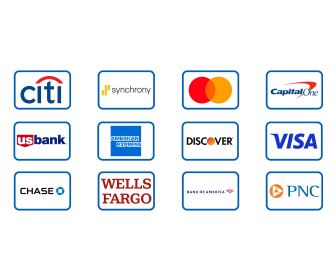Best Credit Cards for Students 2025
Getting the right first credit card can set you up for years of strong credit, travel perks, and real savings. The best student cards in 2025 focus on responsible use: clear rewards, $0 or low annual fees, and tools that help you learn good habits. Here’s how to choose — and a few standout types of cards to consider.
1. What to Look For in a Student Card
- $0 annual fee: Keep costs low while you build credit.
- Simple rewards: Flat cash back or boosted rates on everyday categories like groceries and dining.
- Reporting to all bureaus: Ensures your on-time payments build history fast.
- Mobile tools: Budgeting dashboards, instant alerts, and autopay options.
- Path to upgrade: A clear route to a non-student card after 6–12 months of on-time payments.
2. Best Overall for First-Time Cardholders
Choose a $0-fee student card with straightforward cash back (e.g., a flat 1.5%–2%) and strong mobile app support. Simplicity helps you focus on habits: paying on time and keeping balances low.
3. Best for Everyday Spending (Groceries & Dining)
If most of your budget goes to food, pick a student card with elevated rewards on supermarkets, dining, and delivery. These categories can return meaningful cash back without tracking complex quarterly activations.
4. Best for Study Abroad & Travel
- No foreign transaction fees: Saves ~3% per purchase overseas.
- Travel protections: Trip delay coverage or rental car protection can be valuable.
- Global acceptance: Visa/Mastercard networks tend to be widely accepted internationally.
5. Best Secured Option (If You’re New to Credit)
If you can’t get approved for an unsecured student card, a secured card is a proven starter. You place a refundable deposit (often $200–$300) that becomes your limit. After 6–12 months of on-time payments and low balances, many issuers let you “graduate” to an unsecured card and refund the deposit.
6. Smart Approval Tips for Students
- List realistic income: Include part-time work, scholarships (if allowed), or family support per issuer rules.
- Use autopay: At least the minimum due — ideally the full balance — to protect payment history.
- Keep utilization low: Try to report under 10% of your limit each month.
- Avoid multiple applications: Each hard inquiry can temporarily lower your score.
7. How to Get the Most Value in 2025
- Treat it like cash: Only spend what you can pay in full each month.
- Pay early, not just on time: A mid-cycle payment keeps reported balances small.
- Automate: Set autopay for the statement balance and enable transaction alerts.
- Plan your upgrade: After a clean 6–12 months, ask for a credit limit increase or product change.
Expert insight: For students, the “best” card is the one that makes good habits easy. A simple $0-fee card with clear rewards and an upgrade path usually beats a complex program you won’t fully use.
Final Thoughts
The best credit cards for students in 2025 combine $0 annual fees, simple rewards, and strong mobile tools. Start with a card you can manage effortlessly, pay in full, and keep balances tiny. Do that for a year, and you’ll graduate with more than a degree — you’ll have a solid credit foundation, too.
Not financial advice. Card terms and eligibility change frequently. Always review current issuer disclosures, APRs, and fees before applying.



